talkingfashion
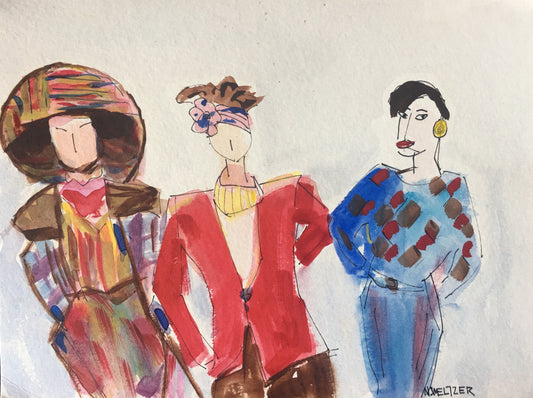
What fashion favorite are you sporting today? b...
What fashion favorite are you sporting today? Style is always fashionable If it’s hanging in the closet it is ready to wear! No fashion needs to be hidden in the...
What fashion favorite are you sporting today? b...
What fashion favorite are you sporting today? Style is always fashionable If it’s hanging in the closet it is ready to wear! No fashion needs to be hidden in the...
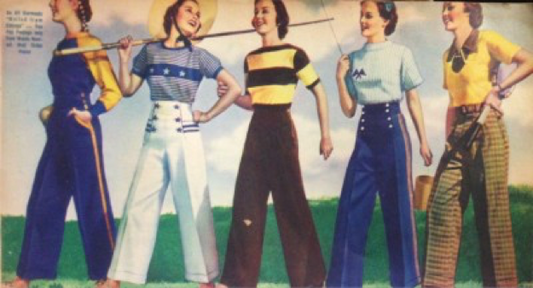
Fashion Rationed: World War II Style
Fashion Rationed: World War II Style By Paige McKirahan Though The Great Depression was nearing its conclusion at the end of the 1930s, the fashion industry was still shaking from...
Fashion Rationed: World War II Style
Fashion Rationed: World War II Style By Paige McKirahan Though The Great Depression was nearing its conclusion at the end of the 1930s, the fashion industry was still shaking from...
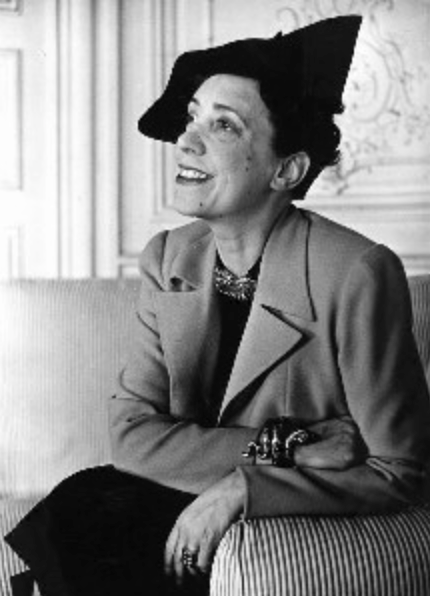
The Fascinating and Visionàire Italian Designer...
Elsa Schiaparelli was an Italian fashion designer who, along with her rival Coco Chanel, is regarded as one of the most prominent figures in fashion between the two World Wars....
The Fascinating and Visionàire Italian Designer...
Elsa Schiaparelli was an Italian fashion designer who, along with her rival Coco Chanel, is regarded as one of the most prominent figures in fashion between the two World Wars....
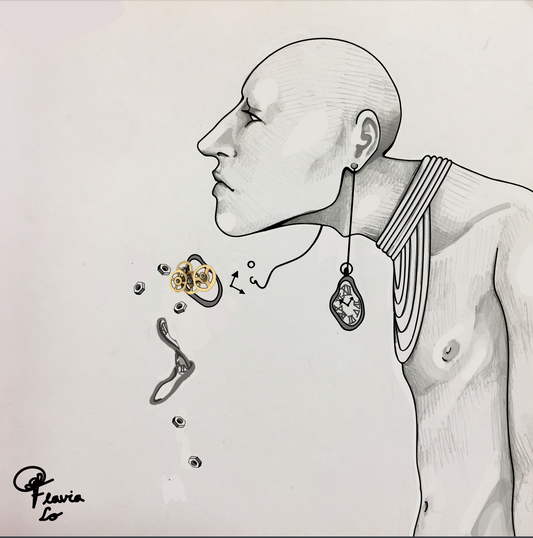
Art Fashion and Surrealism
Watch out for tomorrow email from us. Haven't sign up yet? Join now! Sketch by Flavia Lobato (OSU student and fashion intern with talkingfashionnet)
Art Fashion and Surrealism
Watch out for tomorrow email from us. Haven't sign up yet? Join now! Sketch by Flavia Lobato (OSU student and fashion intern with talkingfashionnet)
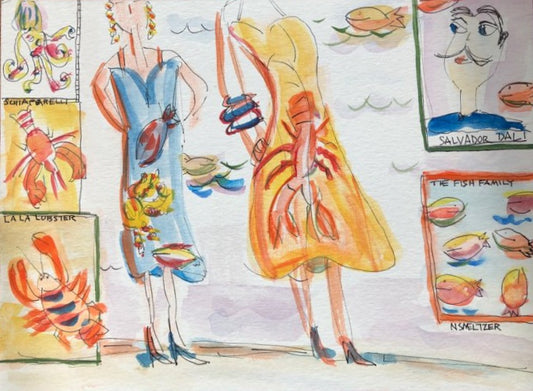
Have you sign up to receive our Friday email? W...
"Style is a simple way of saying a complicated thing". Jean Cocteau Watercolor by Columbus local artist Nancy Smeltzer
Have you sign up to receive our Friday email? W...
"Style is a simple way of saying a complicated thing". Jean Cocteau Watercolor by Columbus local artist Nancy Smeltzer
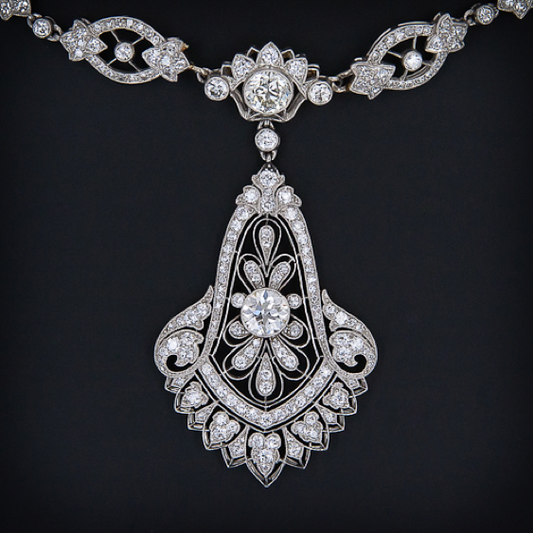
Art Deco and the Birth of Glamour
Art Deco and the Birth of Glamour by Paige McKirahan In a time when the stock market followed the length of lady’s skirts, a new era of art and...
Art Deco and the Birth of Glamour
Art Deco and the Birth of Glamour by Paige McKirahan In a time when the stock market followed the length of lady’s skirts, a new era of art and...